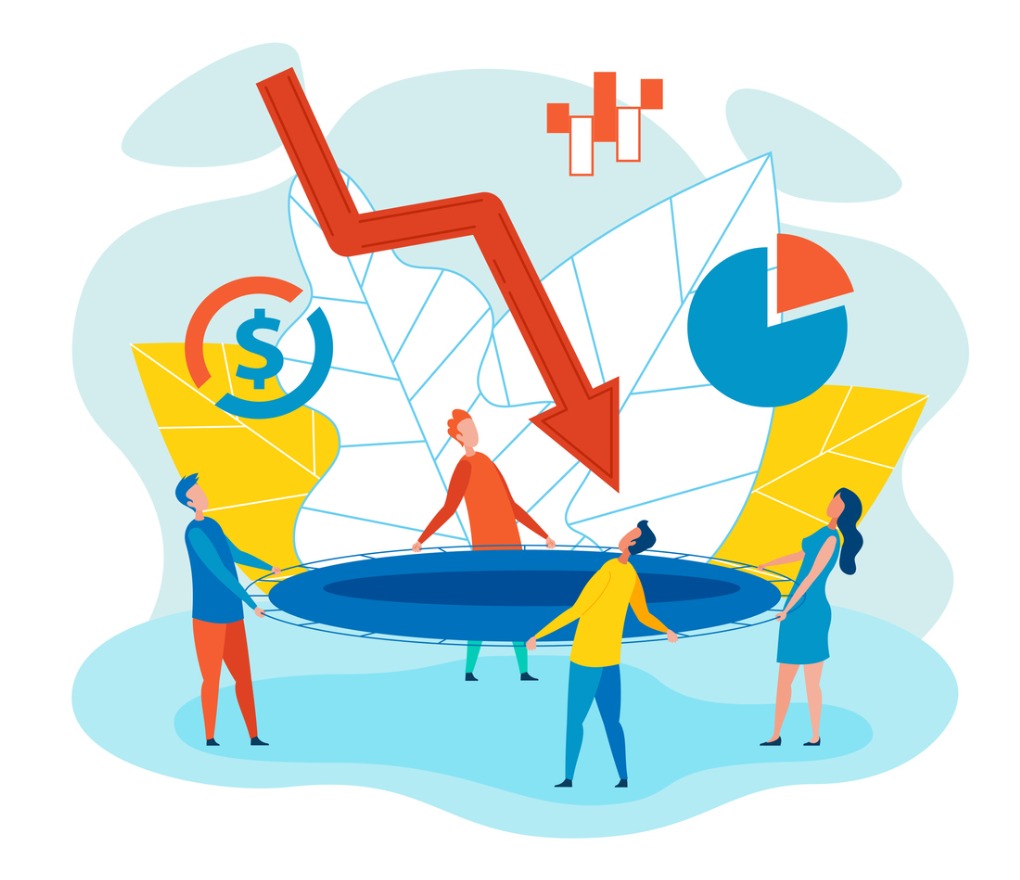High bounce rates in most cases are a signal for poor user experience. They hurt website conversions. What digital solutions and strategies can help decrease bounce rates? In this article, we detail the key factors that will help you reduce this key performance indicator cut down bounce rates.
The bounce rate of a page describes the percentage of visitors who leave your website after consulting a single page. It is calculated by the total number of one-page visits divided by the total number of sessions to a website.
This “jump” made by the visitor is counted as a session on Google Analytics. During this session, however, only one request is sent to the server.
In general, the bounce rate is one of the key KPIs that encourages you to optimize your user experience and content, ensuring the success of your digital solutions. It is then an important ranking factor, used in particular by Google to evaluate your website. It provides information on whether user intent is satisfied or not . By combining this value with the value of the length of stay, it finally allows you to draw conclusions about the usability and attractiveness of your site.
What are the possible causes of a high bounce rate?
- Your website is a single page with no subpages : in this case, of course, the web analytics tool cannot count the pages that are viewed later, unless the user reloads the page. Tracking may need to be adjusted to analyze visitor interaction on the website (tracking downloads, etc.).
- Incorrect integration of the tracking code : digital solutions or each analytics tool in this case, works with a tracking code that must be integrated into the source code of the page to be analyzed. Errors during installation can result in too much bounce rate.
- Bad design and site design: Visitors do not find what they think they can find on the site, even after scrolling through the content to which their search query refers. A global reorganization of the website can help reduce the bounce rate.
- Disappointing Content: One who only optimizes his website to rank well is working towards a high bounce rate. If the visitor does not find enough information on the subject he is looking for, he will turn away without waiting.
- Misleading content: If you promise certain information in your ads, and the website attached is clearly not delivering on that promise, the users are smart enough to recognize a click bait and to say goodbye. For example, if your ad says – Leading Digital Solutions and Technology Providers but leads to a blog post on website designing trends 2020, you are bound to have high bounce rates.
Is bounce rate a bad ranking signal?
It depends on many different factors, first of all the structure or the kind of site. If the homepage of your website is the starting point for secondary pages, such as product pages or blog posts, and if the success of your site is based on users opening multiple pages, a high bounce rate on the homepage will not be a good sign. On the other hand, if your domain consists of a single page is a blog or a news site a bounce rate above 80% is not so notorious.
In general, a high bounce rate does not have to be considered negative. A visitor who opens only one URL can also find advantages on this page, as long as he looks at his content more intensively. A high bounce rate generally raises concerns on the one hand against the values presented by Google Analytics, and on the other hand, because of its assessment which is often superficial and incomplete.
To judge the quality of your content and bounces, you must therefore clearly define what should be considered as a bounce on your page (for example, users who leave the page in the first 10 seconds). You can trigger an automatic event after a certain number of seconds in your Google Analytics tracking- such as playing a video or audio file—as an interaction.
In fact, a high bounce rate can sometimes be a good thing. Suppose the user is looking for you contact information, working hours, or trying to look you up on social media – they are likely to find exactly what they need on a single (home) page. Now even though the analytics data suggests a high bounce rate, on closer analysis of other factors like the kind of page, the content on the page, the exit rates- you will find that it was not such a bad thing.
Bounce rates in Google Analytics is a widely misunderstood metric. It needs to be placed in the right context before any meaningful analysis on user behavior and website conversion can be drawn. No data as a single point of reference can reflect an absolutely accurate scenario. All digital solutions are tools only as good as its user.



